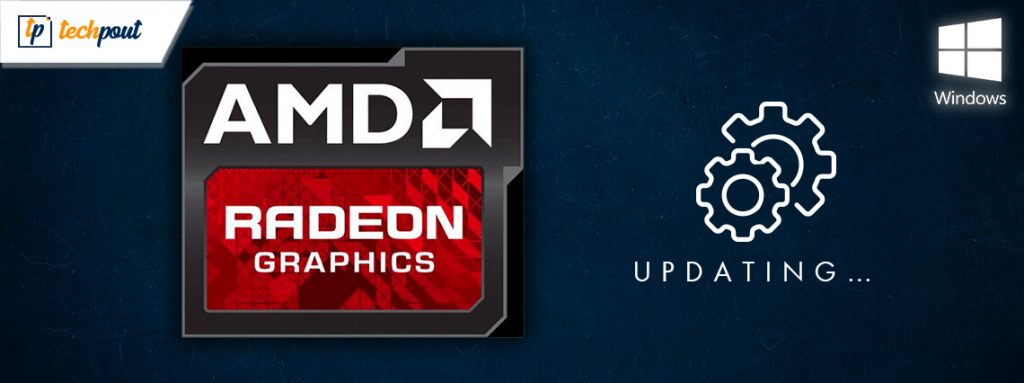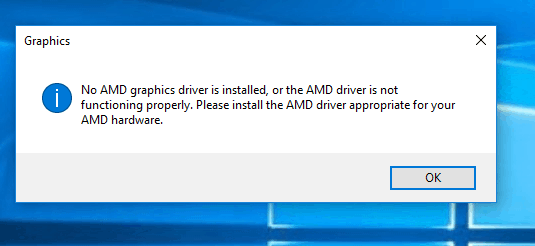

This is one of the most convenient ways to update your drivers. Method 1: Update AMD Drivers Using Windows UpdateĪs mentioned earlier in this guide, Windows usually automatically takes care of the updates and many times when a non-critical driver update is available, it resides under the Optional Updates category and just sits there till you manually install it. You can choose any of the ways listed below depending on your requirements and ease of convenience. There are several ways you can update the driver, while some require minimal intervention from your side, some rely completely on the inputs provided by you, and require the driver to be manually installed on your system. Now that you understand when to update a driver on your system, let’s head to the different ways of updating them. Though, there can be a possibility of a couple of drivers missing out on the update. Moreover, typically Windows itself takes care of keeping all your drivers up-to-date. To add to that, do note, that this is not applicable in every scenario, many times a newer driver may bring some instabilities and bugs to the otherwise perfectly operating system. However, in case you have been experiencing some unusual problems, errors, or a loss of functionality suddenly, updating the driver might be a possible fix. When it comes to drivers of your PC, if you are not facing any issues, you definitely do not need to update them. However, today in this guide, for your ease of convenience, we will showcase all the ways you can update your AMD drives completely hassle-free and in a straightforward way. Now, AMD has a significantly less market share when compared to Intel, and due to that fact, finding drivers for the specific hardware can prove to be tricky at times.

Hence, it becomes imperative to identify what drivers you require in order to facilitate the functionality. Moreover, every hardware component has its own specific driver and can function properly only using that. 4 easy methods to update AMD drivers on your Windows 11 PC.Ī driver acts as a bridge between the software and hardware of your computer, which basically means, that for every hardware component present physically on your computer, the operating system requires a driver that will enable the critical functionality of communication between them.


 0 kommentar(er)
0 kommentar(er)
